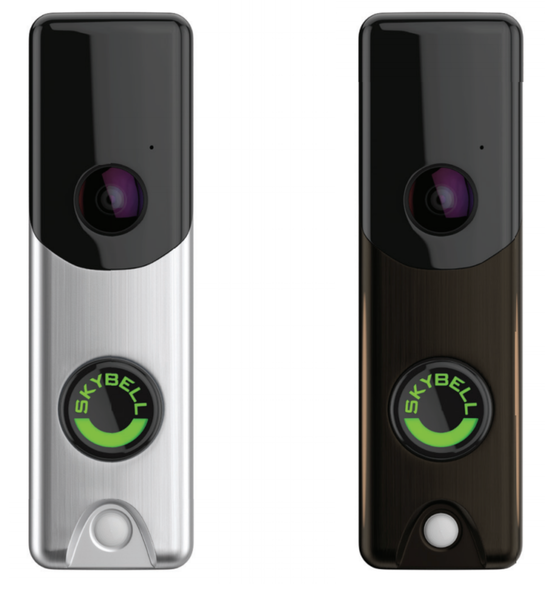Awaiting the 2GIG Edge Security System
Posted By Michael GorisIn preparation for the upcoming 2GIG Edge Security System, Alarm Grid has finished building the product pages for both the AT&T LTE and Verizon LTE versions of the 2GIG Edge Alarm Panel. We now have more information than ever on what looks to be a truly state-of-the-art alarm system.
- Check out the 2GIG Edge w/ AT&T LTE here SKU: 2GIG-EDG-NA-AA.
- Check out the 2GIG Edge w/ Verizon LTE here SKU 2GIG-EDG-NA-VA.
If you check the two product pages linked above, you will see that the 2GIG Edge is currently marked "discontinued". It will stay that way on our site until we have it available for purchase. But at least now, you can check out the page and see all of its great specifications and capabilities. Needless to say, it has a ton to offer. You could say that we're on the edge of our seats waiting.
We would like to take a moment and discuss some of the more noteworthy specs of the 2GIG Edge. Just like its 2GIG GC3e predecessor, the 2GIG Edge supports the same sensor lineups, included the encrypted 2GIG eSeries Sensors, the 2GIG 345 MHz Sensors, and the Honeywell 5800 Sensors. It also supports up to 100 zones, which is the same as the GC3e. There is a possibility that 2GIG might release a new sensor lineup of devices built exclusively for use with the Edge, but we have not seen any confirmation one way or another.
A very interesting discovery about the 2GIG Edge is that its internal LTE cellular communicator cannot be replaced, much like what we have already seen with the Qolsys IQ Panel 2 Plus. For us, this is a mixed bag, or a double-edged sword, if you will. On one hand, this means that you don't have to buy a communicator separately, and you will not have to install one inside the panel. But unfortunately, this means that you must replace the entire panel in the event that something goes wrong with the communicator. It also means that we may someday see all the 2GIG Edge Systems go offline at the same time due to a possible "LTE Sunset" that may happen someday in the future. That said, such an LTE Sunset wouldn't happen for a very long time.
Other features for the 2GIG Edge include its built-in WIFI, and its integrated Z-Wave Plus V2 700-Series Z-Wave Controller. That's right, this is the first system we know of to support Z-Wave 700-Series. That in itself is really exciting, as we expect this panel to be an unquestioned champ when it comes to automation. Alarm.com connectivity has also returned with the Edge, and you get all of the benefits of that platform once you get the system monitored with a proper service plan. This includes the ability to interface with smart home voice assistants like Google Assistant, Amazon Alexa, Amazon Echo, Siri Shortcuts, and so much more!
We won't go too in-depth on every new feature right now, but you can expect facial recognition, optional automatic Bluetooth disarming, Alarm.com Camera streaming, one-touch arming, emergency panic buttons, disarm photos, over-the-air (OTA) firmware updates, and so much more to be available with the 2GIG Edge. This is truly a great system to look forward to, and we hope that waiting doesn't push you over the edge of insanity.
We have some other 2GIG Edge accessories you can check out on our site right now, though none are currently available for purchase. We will be expanding upon these product pages as we learn more. These include:
- 2GIG Edge Cable w/ AC1 Barrel Connection - SKU: 2GIG-EDG-CBL
- 2GIG Edge Backup Battery - SKU: 2GIG-EDG-BATT
- 2GIG Edge Remote Keypad - SKU: 2GIG-EDG-RK
- 2GIG Edge Remote Keypad Battery - SKU: 2GIG-EDG-RK-BATT
Please comment below with any thoughts or questions you have about the 2GIG Edge. Are you excited about this system? Let us know. And stay tuned to our blog for more security news and updates coming real soon!














